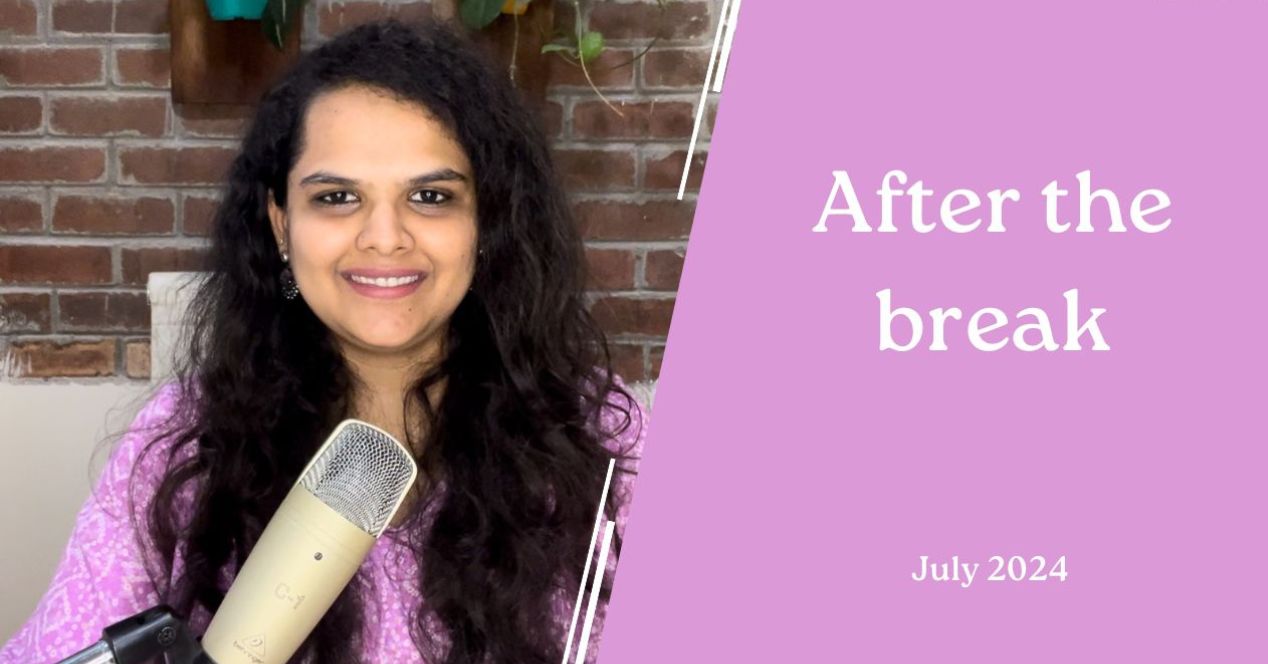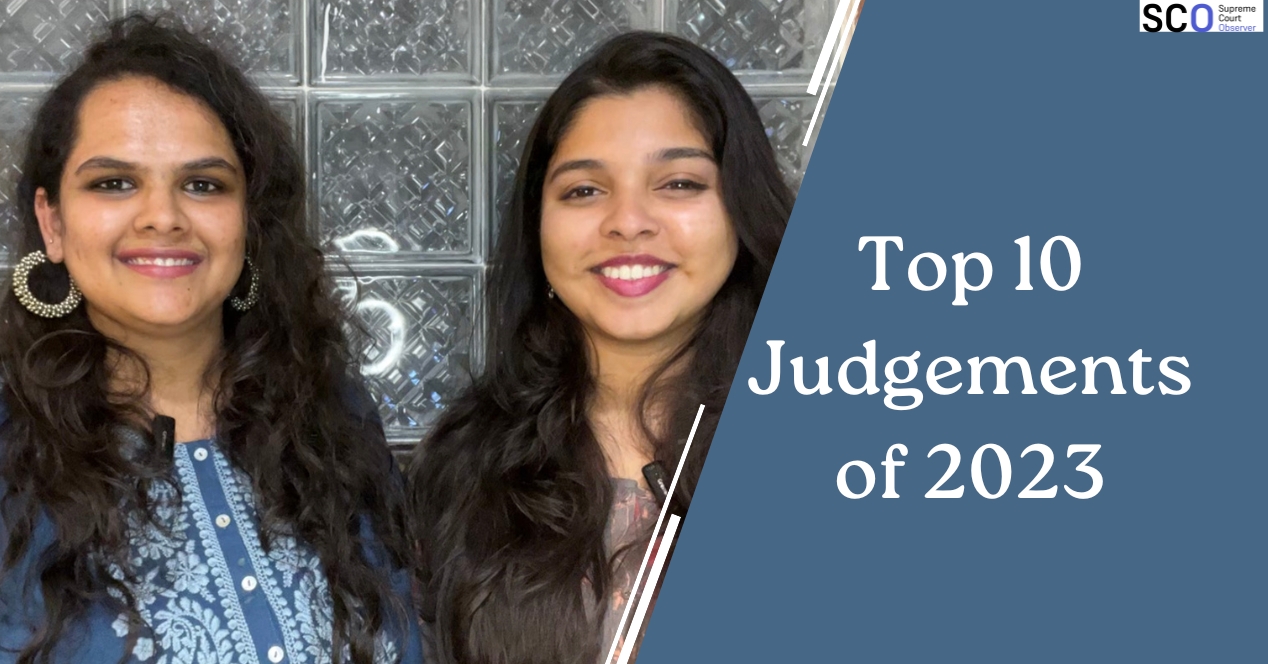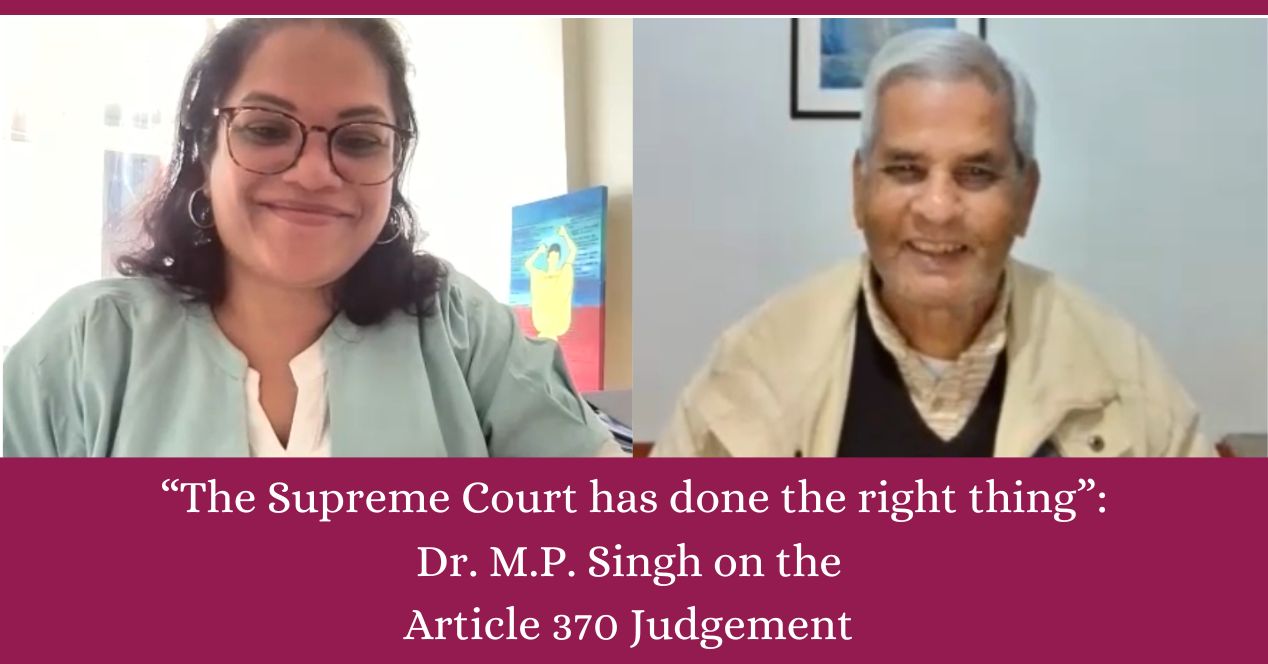Channel
Two new judges take oath at the Supreme Court (July 2024)
Justices Kotiswar Singh and R. Mahadevan took oath as judges to the Supreme Court.
Transcript
Hello everyone and welcome to SCO’s channel! I am Sai Spandana.
Today we are going to talk about the two new judges who got appointed to the Supreme Court. With their appointments, the top court is now working at full sanctioned strength. The Ministry of Law and Justice notified the appointments of Justices Kotiswar Singh and R. Mahadevan on 16 July 2024.
The Supreme Court collegium had recommended their names just five days earlier, on 11 July 2024. The Supreme Court has a sanctioned strength of 34 judges. This means that the maximum number of judges that can be at the Supreme Court at any given point of time is 34. Justices Aniruddha Bose and A.S Boppana had retired before the Court broke for its seven-week summer break in May this year. This brought the strength of the court down to 32 judges. Last year, Chief Justice D.Y. Chandrachud had stated that the collegium had well defined parameters while making recommendations.
Recent resolutions which are publicly available documents suggest that the Collegium considers five sets of parameters. The resolution for Justices Singh and Mahadevan also lay down the same five parameters. These are the seniority of the judges; merit as demonstrated by the judgments and the performance of the judges; integrity; the need to ensure diversity at the Supreme Court in terms of region, gender and community; and the need for inclusion of marginalised and backward segments of society.
There has been a scarcity of representation of judges from the North-East region at the Supreme Court. Currently, there are only two judges at the Supreme Court from the seven North-Eastern states of India, Justice Hrishikesh Roy and Justice Ujjal Bhuyan. Both of them hail from the Gauhati High Court. In its recommendation, the collegium highlighted that Justice Kotiswar Singh’s elevation will bring representation to the North-Eastern states and in particular he will be the first judge from the state of Manipur to be appointed as a judge to the Supreme Court. Notably, however, Justice Singh’s Parent High Court is the Gauhati High Court, as the Manipur High Court was established only in 2013. Justice Singh will likely serve a tenure of a little more than three and a half years before retiring on 29th February 2028. Before his elevation to the Supreme Court, Justice Kotiswar Singh was the Chief Justice of the Jammu and Kashmir High Court. He assumed this position on 15th February 2023. The Collegium also noted that Justice Singh has had an impeccable record in the judicial and administrative fronts, as the Chief Justice of the Jammu and Kashmir High Court. We’ve published a detailed profile of Justice Singh’s life and career. Do read it on our Judges page.
The second recommendation made by the Collegium the same day was that of Justice R. Mahadevan. The Collegium typically follows the order of seniority in recommending judges. As it happens, the judges in contention are Chief Justices of various High Courts and the senior most judges across High Courts. In the High Court of Madras, Justice Mahadevan would have been third in this list. However, the Collegium has made an exception to this rule of seniority with Justice Mahadevan’s recommendation. The Collegium gave “precedence to his candidature in order to give representation to the backward community” in the state of Tamil Nadu. The Collegium noted that his appointment will bring diversity to the bench. Justice Mahadevan is scheduled to retire on 9 June 2028. His tenure will therefore run for almost four years. Before his elevation to the Supreme Court, Justice Mahadevan was the Acting Chief Justice of the Madras High Court from 24 May 2024. We’ve also published a detailed profile on Justice Mahadevan’s life and career. So do check it out on our Judges page.
Let’s now talk about the Collegium considerations while recommending judges for elevation to the top court. Now these factors are not codified or mandated, but we know from several recently published recommendations that diversity is an important parameter. In practice, the Collegium has considered different forms of diversity. This includes representation of different regions, gender, minority communities and religions. In the past few recommendations, the Collegium has focused on the representation of members belonging to the Scheduled Caste category and religious minorities. For instance, in recommending the recently appointed Justice P.B. Varale, the Collegium looked into his seniority amongst judges from the Scheduled caste community. Before that, in recommending Justice A.G. Masih the Court noted that he hailed from a minority community. The composition of the Supreme Court suggests that regional diversity has also played an important role in Collegium recommendations. For instance, Justice Sandeep Mehta was considered for elevation as there were no judges from the Rajasthan High Court after Justice Ajay Rastogi’s retirement in 2023.
Recommendations based on gender diversity, however, seem to be scarce in recent years. Currently, only three out of the 34 judges at the Supreme Court are women. These are Justices B.V. Nagarathna, Hima Kohli and Bela Trivedi. All of them were appointed in 2021 by the Collegium led by Chief Justice N.V. Ramana. Justice Kohli is scheduled to retire on September 1st this year. With her retirement, only two women judges will remain in the Supreme Court. But there is a lot for the Collegium to consider.
In an interview with the Supreme Court Observer last year, Justice S.K. Kaul, who had served as a member of the Collegium, explained that gender diversity in the top court was impacted by the lack of eligible candidates within a certain age profile in the cohort of judges in various High Courts. This is what he had to say. “So when you say oh, you are not giving representation, that’s not there. We look at it. We sometimes lower the benchmarks to see that we can get diversity. I have been to Chandigarh, Chennai, Delhi. I think we keep recommending a very large number of women. Sometimes we find that at the particular age profile we are looking to 45 to 55.45 has to be in exceptional cases. 45 to 48 would be somebody with a long tenure, but is exceptional. So there’s the age restriction profile within which selection takes place. Therefore it’s not fair. Sometimes lawyers say, “oh, if there are so many in this school? Why not in the high court? It’s not in the High Court, because there are not enough women lawyers in that age profile.”
In terms of regional diversity, seven high courts are not represented at the top court. This includes the High Courts of Jharkhand, Orissa, Manipur, Tripura, Meghalaya, Sikkim and the Union territory of Jammu and Kashmir and Ladakh. Typically, regional representation is achieved by appointing judges from various parent high courts. Parent High court is the high court in which the judge began their career. Though Justice Kotiswar Singh parent High Court is Guwahati, the collegium appears to have considered his role as one of the first few judges of the Manipur High Court. But another important thing to be noted here is that regional representation takes into account not just the number of high courts, but also the sanctioned strength of judges within those high courts. For instance, the Allahabad High Court has a sanctioned strength of 160 judges, but the Sikkim High court has a sanctioned strength of just three judges. So regional representation at the Supreme Court will likely be proportional to these figures.
Before the year ends, two more retirements are expected. Just two months after Justice Hima Kohli retires, Chief Justice DY Chandrachud will complete his career of over eight years as a Supreme Court judge. This means that the collegium, led by Chief Justice DY Chandrachud is likely to fill Justice Kohli’s seat within just one month of her retirement. Justice Sanjeev Khanna will likely take over as the new Chief Justice in November. We’ll be tracking all the retirements and appointments at the top court throughout the year. So do keep an eye out on scobserver.in Also, do check out our Judges page for detailed profiles of all sitting judges of the Supreme Court.
As always, don’t forget to follow us on all our social media platforms for regular updates. Thank you for watching!




